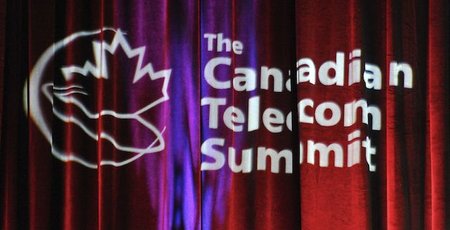Category: Regulatory
-

How We Can Win
As usual a good part of my summer relaxation was reading. While on vacation in the Spectacular Northwest Territories I indulged in fiction (Neil Gaiman who is a favourite of mine, Jo Nesbo for spare Nordic crime stories and a Young Adult book “Gregor, the Overlander” from my stepson) as during the year I read…
-

Canadian Telecom Summit – Day 3
Wednesday wrapped up the 2018 version of the Canadian Telecom Summit. Day 3 featured panels on Artificial Intelligence and Innovation (both great topics when you hail from Canada’s tech capital, Waterloo), keynotes from Allison Lenehan of Xplornet, Patricia Meredith of Catalytic Governance and Stephen Howe the CTO of Bell. Then the finale, a keynote from…
-

Canadian Telecom Summit – Day 2
The second day of the Canadian Telecom Summit was action packed again. The highlight was the annual regulatory blockbuster in the afternoon with the addition of Samer Bishay from Iristel and Andy Kaplan-Myrth from TekSavvy to the panel to face off against the incumbents; Bell, Telus and Rogers. Aside from the fireworks on the stage,…
-

Canadian Telecom Summit – Day 1
What a Day ! A big thank you to Jaime Leverton and Cogeco Peer One for feeding me dinner and a lovely networking event at the end of the first day of the Canadian Telecom Summit. Viewing the day from an international telecom lens there were no specific panels or keynotes that were directly relevant…
-

Canadian Telecom Summit 2018
Monday, June 4 is the start of this year’s Canadian Telecom Summit to be held at the Toronto Congress Centre. This is the 17th Canadian Telecom Summit (CTS). I have been blessed to have attended each of these events, put on by two friends of mine Michael Sone and Mark Goldberg. CTS was originally formed…